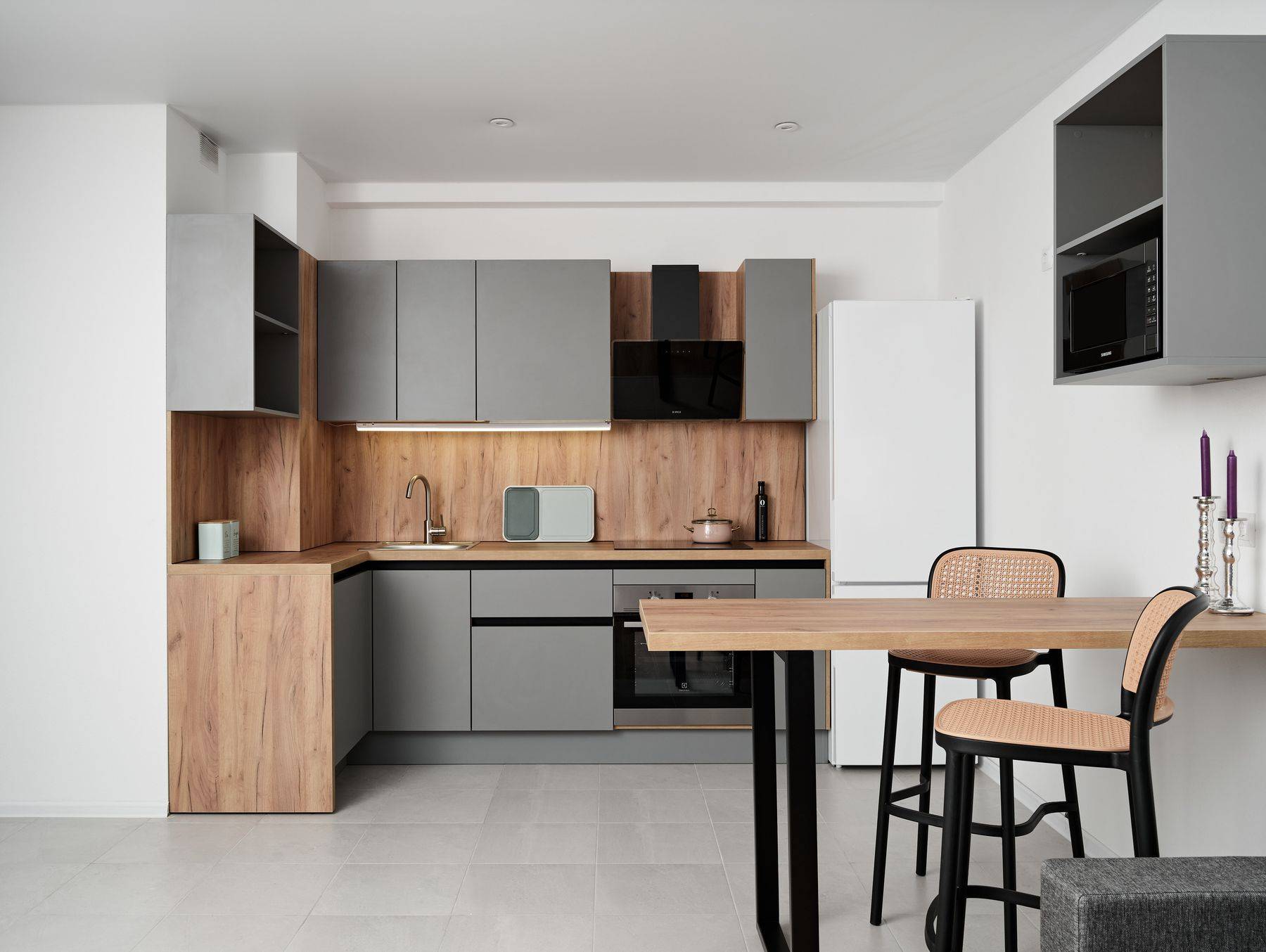
Culinary Elegance in Design
Culinary arts have often been likened to an elaborate dance of flavors and techniques that delight the senses. This culinary elegance extends not just to the creation of the dishes themselves but also to the environment in which they are presented. A beautifully designed dining space can elevate the enjoyment of a meal from mere sustenance to a memorable experience that engages all the senses.
Understanding the Aesthetics
The aesthetics of culinary presentation are influenced by many factors, including culture, the nature of the cuisine, and the personality of the chef. Similarly, the design of a culinary space must take these same elements into consideration. The color palette, materials, and layout can either complement or contrast with the dishes being served, thereby affecting the diner's perception and enjoyment of their meal.
The Role of Color and Lighting
Color plays a vital role in creating an elegant culinary environment. Warm hues can stimulate appetite and create a cozy atmosphere, while cool tones may suggest a more refined and upscale experience. Lighting, both natural and artificial, is equally important in setting the mood. A well-designed lighting scheme can highlight architectural features, create intimacy, and enhance the visual appeal of the food.
The Influence of Furniture and Fixtures
The furniture and fixtures within a dining space also contribute significantly to its overall elegance. The style, material, and comfort level of the seating dictate how long guests will want to linger over their meal, while the tables and place settings provide a canvas for the food presentation. High-quality, well-maintained fixtures can subtly signal to diners the level of care and attention they can expect from their dining experience.
Maximizing the Sensory Experience
Culinary design isn't solely about visual elements; it also encompasses the other senses. Attention to acoustics can enhance or detract from the ambiance, while choice textiles and dinnerware can offer tactile pleasure. Even the scents wafting from the kitchen play a role in setting the stage for a sumptuous meal. An elegant design takes all these sensory stimulations into account, orchestrating them into a cohesive and inviting atmosphere.
Incorporating Technology for Enhanced Elegance
In modern dining experiences, technology can be seamlessly integrated to add to the aesthetic while improving functionality. Innovations such as adjustable lighting, interactive menus, and highly efficient kitchen equipment can heighten the elegance of a culinary space while also improving the experience for both guests and staff.
Designing for the Future
As the culinary world evolves, so too must the design of dining spaces. Sustainability and eco-friendliness are becoming increasingly important in all aspects of design, including that of culinary spaces. Materials and practices that minimize environmental impact without compromising on beauty or functionality are integral to the future of culinary elegance in design.
Conclusion
Culinary elegance in design is about more than just visual impact; it's about creating a harmonious environment that complements the art of cooking and enhances the pleasure of dining. From color and lighting to furniture and technology, every aspect of design plays a role in delivering an exceptional experience. As we look to the future, the continued integration of sustainability and innovation will drive the evolution of culinary aesthetics in ever more delightful directions.